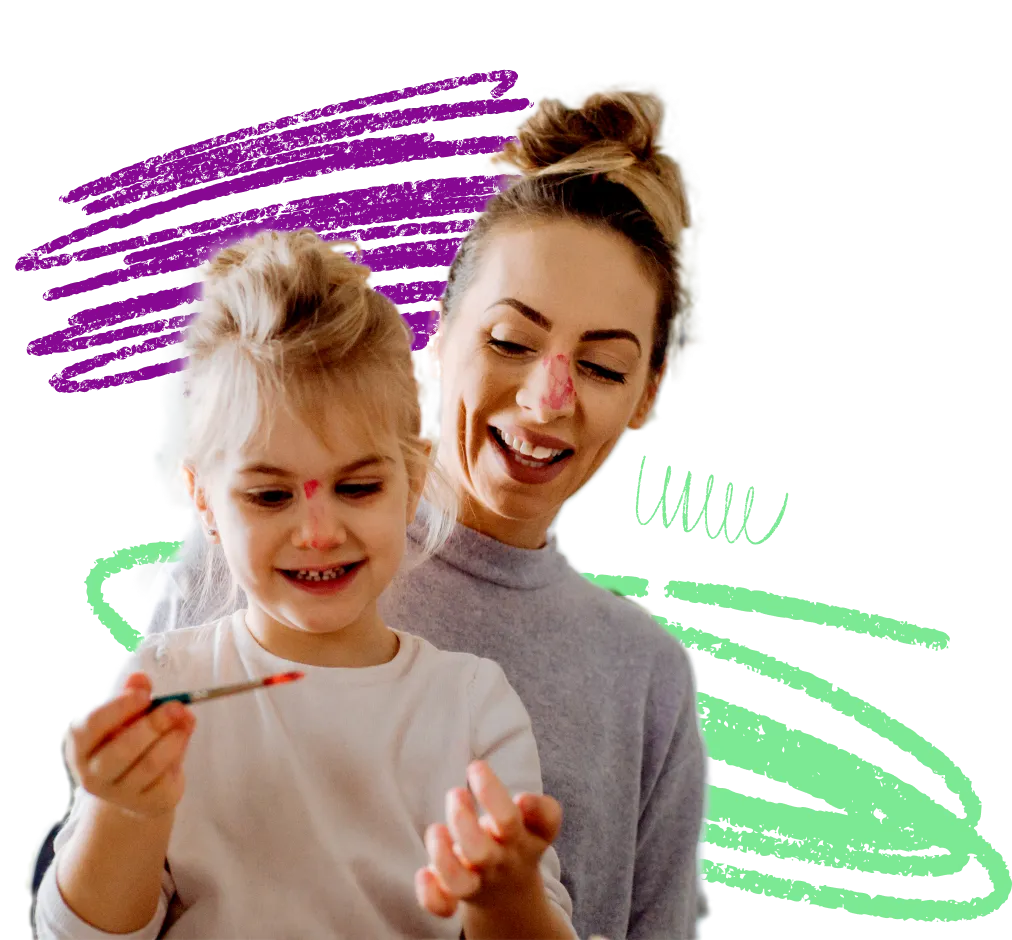
For the Treatment of Central Precocious
Puberty (CPP) in Children 2 years and older
Put Signs of Puberty on Pause With Triptodur® (triptorelin)
Actor Portrayals
CPP and Triptodur
Triptodur helps to put signs of premature puberty on pause in children with CPP, and by doing so, gives your child the time they need to play, explore, and grow.
What is CPP?
CPP is when puberty starts too soon.
Puberty begins when a hormone called gonadotropin-releasing hormone, or GnRH, is released by a part of the brain called the hypothalamus. GnRH causes the release of other hormones that cause a lot of the physical changes that happen during puberty, including growth spurts, breast development, and testicle growth.
In children with CPP, this whole process works the same way, but it starts earlier than usual.

What is Triptodur?
Triptodur is a prescription medicine used for the treatment of children 2 years of age or older with central precocious puberty (CPP).
It is given as a single intramuscular (IM) injection just once every 6 months, with no surgery required.
Triptodur is the #1 prescribed and first FDA-approved treatment for CPP to offer twice-yearly dosing.
How does Triptodur work?
Triptodur is a gonadotropin-releasing hormone (GnRH) agonist. GnRH agonists work by telling the brain to ignore GnRH (the hormone that causes puberty to start too soon in children with CPP).
When the brain ignores GnRH signals, the other hormones responsible for the changes that go along with puberty—FSH, LH, estrogen, and testosterone—drop to prepuberty levels, and signs and symptoms of puberty slow down or stop.
Abbreviations: FSH=follicle-stimulating hormome; LH=lutenizing hormone.

Triptodur slowed down signs of puberty in a clinical trial
Triptodur’s ability to slow down the signs of puberty
in children with CPP was studied in a clinical trial.
What is LH?
Luteinizing hormone (LH) is one of the hormones involved in puberty. LH tells the ovaries to release estrogen or the testicles to release testosterone. Estrogen and testosterone, in turn, cause a lot of the physical changes that happen during puberty.
Triptodur lowered, or ‘suppressed’, LH to prepuberty levels as soon as 1 month after starting treatment
Month 1

95% of children (42/44) achieved LH suppression with Triptodur at month 1
Month 6

After 6 months of treatment, 93% of children (41 out of 44) had suppressed LH levels
Month 12

After 12 months of treatment, 98% of children (43 out of 44) had suppressed LH levels
Other evidence that signs of puberty were slowed in the clinical trial:

95% of children (42 out of 44) treated with Triptodur had slowed bone growth by the end of 1 year of treatment

At the 12 month mark, Triptodur stopped or reversed signs of puberty (breast development or testicle growth) in 89% of children (39 out of 44) treated
The most common side effects of Triptodur include injection site reactions, menstrual (vaginal) bleeding, hot flush, headache, cough, and infections (bronchitis, gastroenteritis, influenza, nasopharyngitis, otitis externa, pharyngitis, sinusitis, and upper respiratory tract infection).

What to Expect During Treatment







